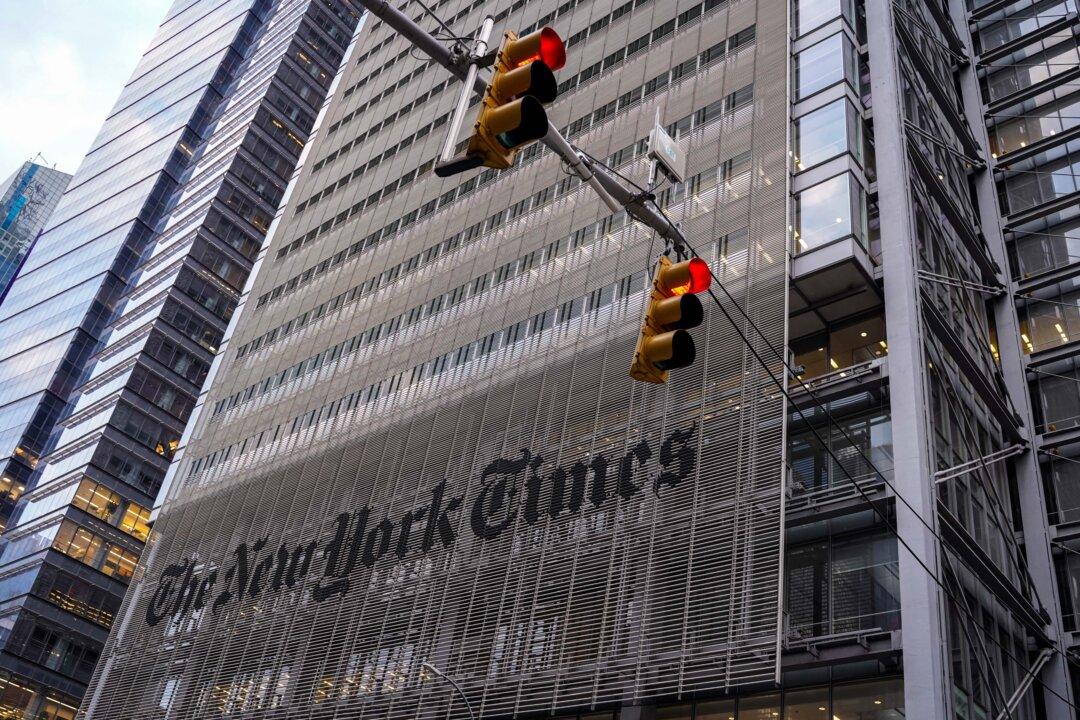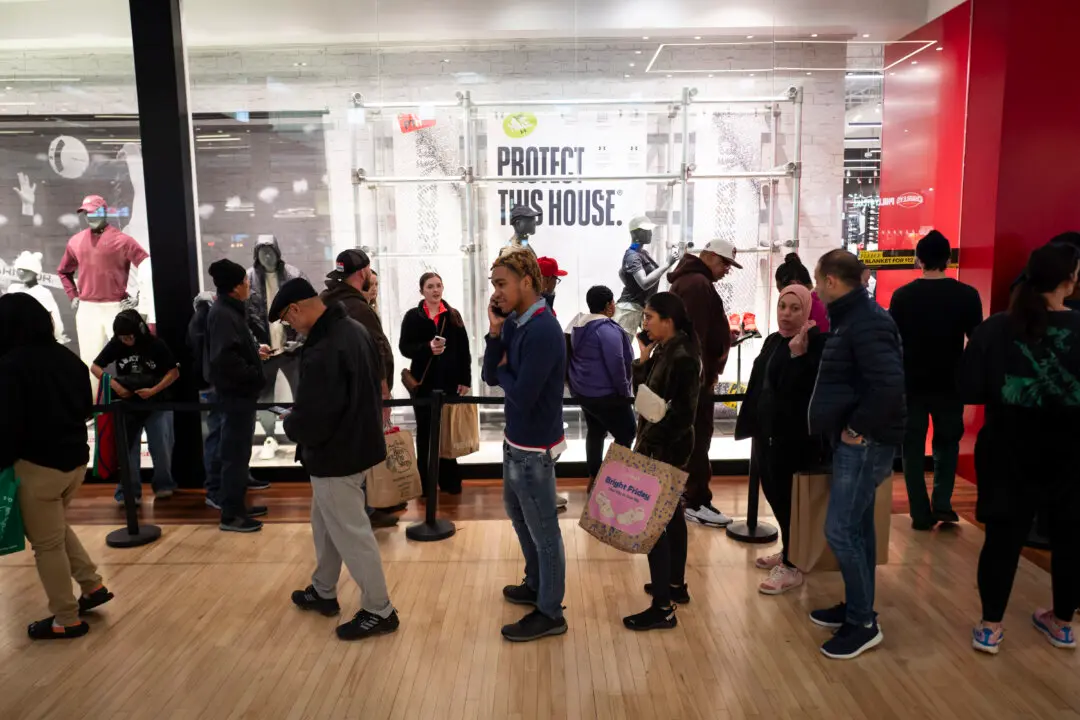Hundreds of reporters, editors, and other employees at The New York Times launched a 24-hour walkout on Dec. 8, arguing that discussions between their union and the company have stalled. This is the first strike of its size and scale at the newspaper in 40 years.
“Over 1,100 New York Times workers are now officially on work stoppage, the first of this scale at the company in four decades. It’s never an easy decision to refuse to do work you love, but our members are willing to do what it takes to win a better newsroom for all. #GuildStrong!” the union wrote in a tweet on Dec. 8.





